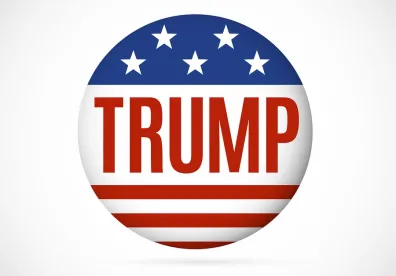Remember the Trump administration’s new rule for classifying workers as independent contractors? The one issued on January 6, 2021, only weeks before President Biden took office? The one that would have revised the U.S. Department of Labor’s test for determining worker status under the Fair Labor Standards Act to focus on two “core factors” (control and opportunity for profit and loss), and de-emphasized the other factors traditionally considered as part of the “economic realities” test? The one that was scheduled to take effect on March 8, 2021, and then delayed to May 7, 2021? It’s officially gone.
As we anticipated back in February, the DOL announced the official withdrawal of the rule today, effective May 6, 2021. Per the DOL’s Final Rule, which is expected to be published in the Federal Register tomorrow:
-
The rule was in tension with the FLSA’s text and purpose, as well as judicial precedent.
-
The rule’s prioritization of two “core factors” for determining employee status would have undermined the longstanding balancing approach of the economic realities test and court decisions requiring a review of the totality of the circumstances.
-
The rule would have narrowed the facts and considerations comprising the analysis whether a worker is an employee or an independent contractor, resulting in workers losing FLSA protections.
So what’s next? The DOL is not proposing any new independent contractor rule at the moment. That means that the agency will consider the “economic realities” test to be the governing standard. Prior to the Trump administration, the DOL considered the following six factors as relevant to the analysis:
-
the extent to which the work performed is an integral part of the employer’s business;
-
the worker’s opportunity for profit or loss depending on his or her managerial skill;
-
the extent of the relative investments of the employer and the worker;
-
whether the work performed requires special skills and initiative;
-
the permanency of the relationship; and
-
the degree of control exercised or retained by the employer.
See, e.g., DOL Wage and Hour Division Administrator’s Interpretation No. 2015–1 (July 15, 2015), withdrawn by the Trump DOL on June 7, 2017.
The good news is that given the change in administration and the delayed effective date of the Trump-era rule, most employers had not changed their classification practices based on the rule. The reality is that any federal rule won’t make a material difference in states (like California) that have a more stringent test for independent contractor classification. Still, the withdrawal of the rule is yet another reminder that a focus of the current federal administration won’t be to narrow the coverage of the wage and hour laws—quite to the contrary.



 />i
/>i


